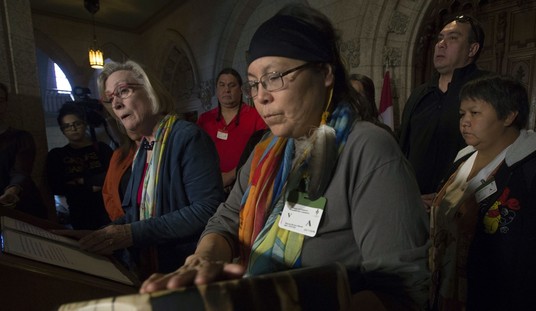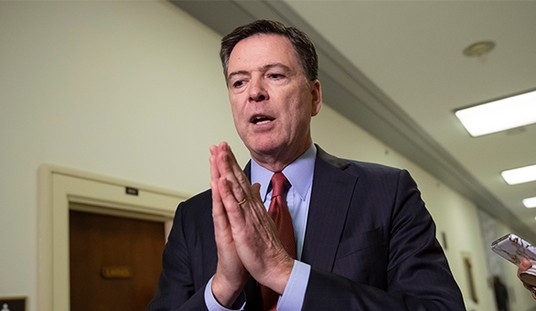“And now you know–[beat]–the rest of the story!”
Two articles today look at what was left out of Martin Scorsese’s The Aviator. Harold Evans examines the brilliant career of Pan Am’s Juan Trippe:
Everyone who sees the Oscar runaway nominee “The Aviator” will come away with a dark impression of the man Howard Hughes sees as his enemy–a plump Alec Baldwin playing Juan Trippe as the suavely conspiratorial head of Pan Am. The film deserves its acclaim because it captures the romantic and visionary spirit of risk-takers like Hughes who propelled America to new heights–but the image of Trippe as the bad guy has to be retrieved before it congeals in the popular imagination.
If you are one of the 3.6 billion who have flown on a 747, it’s Trippe, not Hughes, who merits the raising of a turbulence-free glass. Mass international jet travel was Trippe’s achievement. He deserves a movie of his own. Of course, the film is right that Trippe worked the Washington lobby to try and retain his prewar monopoly of international air services. Hughes, having acquired Trans World Airlines in May 1939, won that one, gaining permission to operate overseas in December 1945. But even before he went mad, Hughes never had the early vision that Trippe did. Even when LaGuardia was an amusement park, Trippe was more prescient than anyone, including his new best friend, Charles Lindbergh. Trippe was indeed a political operator, but was also the greatest creative force through four adventurous decades.
Meanwhile, John Meroney looks at “Howard Hughes’ Last Hurrah“–battling communism in Hollywood:
“Do you think if they asked a man if he was a Democrat or a Republican that he would refuse to answer on the grounds that his answer might incriminate him?” said Hughes. “The very fact that this man pleaded his constitutional privilege










Join the conversation as a VIP Member